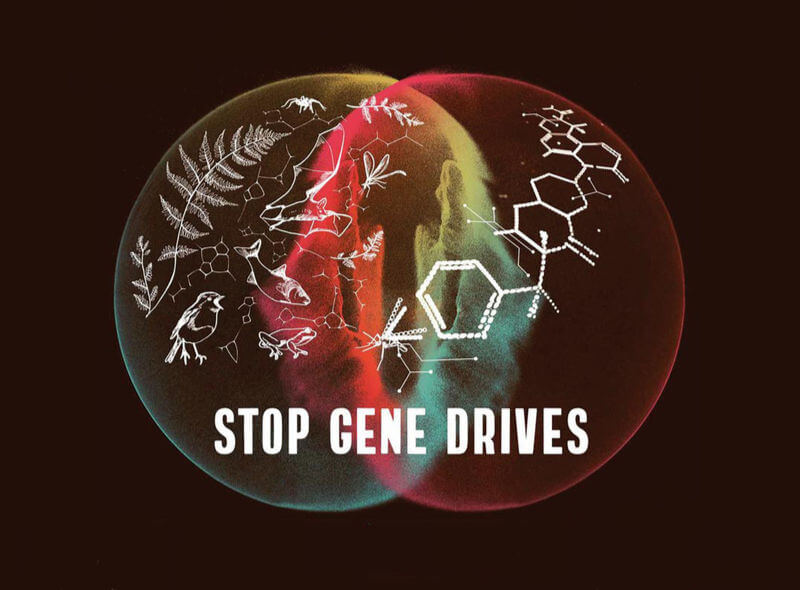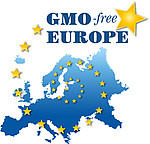Starting from the protection of seeds against GMOs, patents and privatisation, we have developed numerous projects:

Informationsdienst Gentechnik
Informationsdienst Gentechnik is the primary source of news and background information for the GMO-critical movement in Germany.

Stop Gene Drives
The Stop Gene Drives campaign calls for a ban on the release of gene drive organisms, which aim to genetically modify or eradicate entire populations of organisms in nature.

Conference of GMO-free Regions in Europe
The Conference of GMO-free Regions in Europe brings together farmers, politicians, entrepreneurs, scientists, and activists from Europe and beyond.
